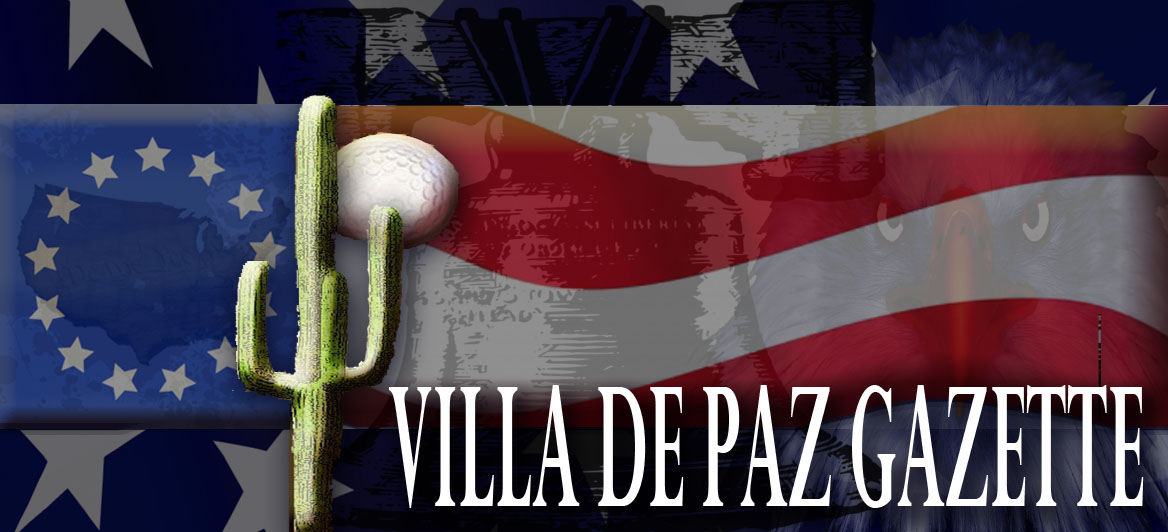Staff Writer, DL Mullan
Fukushima / Radiation
___________________________________________
Fukushima radiation has been spilling into the planet for over three years now, but not to worry. That's what our federal agencies say: "Radiation? What radiation? We have no solutions to the problem that we'll never acknowledge having. Have a nice day."
Doesn't it feel as if no one in the United States government cares what is happening over in Japan?
Since the American public has not been versed in radiation, its measurement, or consequences, we are going to do our best to explain it all.
In the article by Matt Wood, Understanding Radiation: Becquerels and Sieverts, he states:
One becquerel is defined as the decay of one atom of a radioisotope per second. So if a radiation detector (for example, a Geiger counter) detects the radiation of one decay coming from a sample in one second, then that sample would be said to contain one becquerel of radiation. A sample emitting radiation from one hundred decays per second would be said to have a radioactivity of 100 becquerels.
Radioactivity is often expressed in becquerels per unit of volume or weight, to express how much radioactive material is contained in a sample. But the unit of volume or weight is not fixed, so we may see becquerels per kilogram (Bq/kg), becquerels per litre (Bq/l), becquerels per cubic meter (Bq/m3), or becquerels per cubic centimetre (Bq/cm3). Of course we need to pay careful attention to this because 100 Bq/cm3 indicates 1000 times more radioactive material than 100Bq/l, which in turn indicates 1000 times more than 100Bq/m3.
A measurement does not necessarily reflect the absorption or damage done by a specific radioactive ion. With the material exposure known, scientists can determine the absorbed dose. The energy from the radiation absorbed is measured in joules per kilogram, or a special unit called grays.
So the absorbed dose is multiplied by a weighting factor (1 for beta and gamma radiation, and 20 for alpha radiation). The result is called equivalent dose and it is expressed in sieverts. This is essentially a measure of the amount of potential damage to the body from a given amount of radiation. Since one sievert is very large, we usually hear of the much smaller millisieverts (1/1000 sievert) or microsieverts (1/100000 sievert).
The dose then can measure a one time exposure or the accumulation over a lifetime. Radiation is so dangerous because it can damage our bodies by breaking the chemical bonds in our cells.
Which brings us to our dose of Fukushima radiation:
Dr Paolo Scampa, a physicist in the European Union, recently stated “The Cs137 radioactivity [Fukushima Daiichi] is about 6,89E18 Bq and around 2100 kg. This activity represents a potential internal radiotoxicity of 6,61 billion Lethal Doses by inhalation and 17,91 billion Lethal Doses (LD) by ingestion.”
That’s 17.91 Billion Lethal Doses (by Ingestion) chasing the 7.3 Billion of us on the Planet now and there are 1,946 known radioactive killer isotopic poisons in this list. The odds are definitely not in our favor.
But the United States government says that there are no worries about the radiation from Fukushima causing any issues in North America. California is simply too far away.
Let's look at how the Pacific Ocean works:
The Convergence Zone brings prevailing winds and weather directly from the coast of Kuroshio to California. Then the winds push back to Japan via the North Equatorial conveyer. The Hawaiian islands are situated in the middle of the Pacific Convergence Zone.
How can anyone state that radiation from Japan will either not make it to California, or be ineffectual when it arrives?
Misinformation, disinformation appears the be the disease in this information age.
The University of Hawaii in this graphic has illustrated how the Fukushima radiation will spread across the Pacific Ocean to North America.
In addition, here's a map of Japan and the radiation that presents itself into the different parts of the island: Japan Radiation Map.
For more information about the nuclear disaster that is Fukushima, please read: New Highly Radioactive Leak At Fukushima Plant.
If you are wondering how Fukushima stacks up to other radioactive places or disasters, then you will like reading: 10 Most Radioactive Places on Earth.
Are you ready to call your Congressperson?


